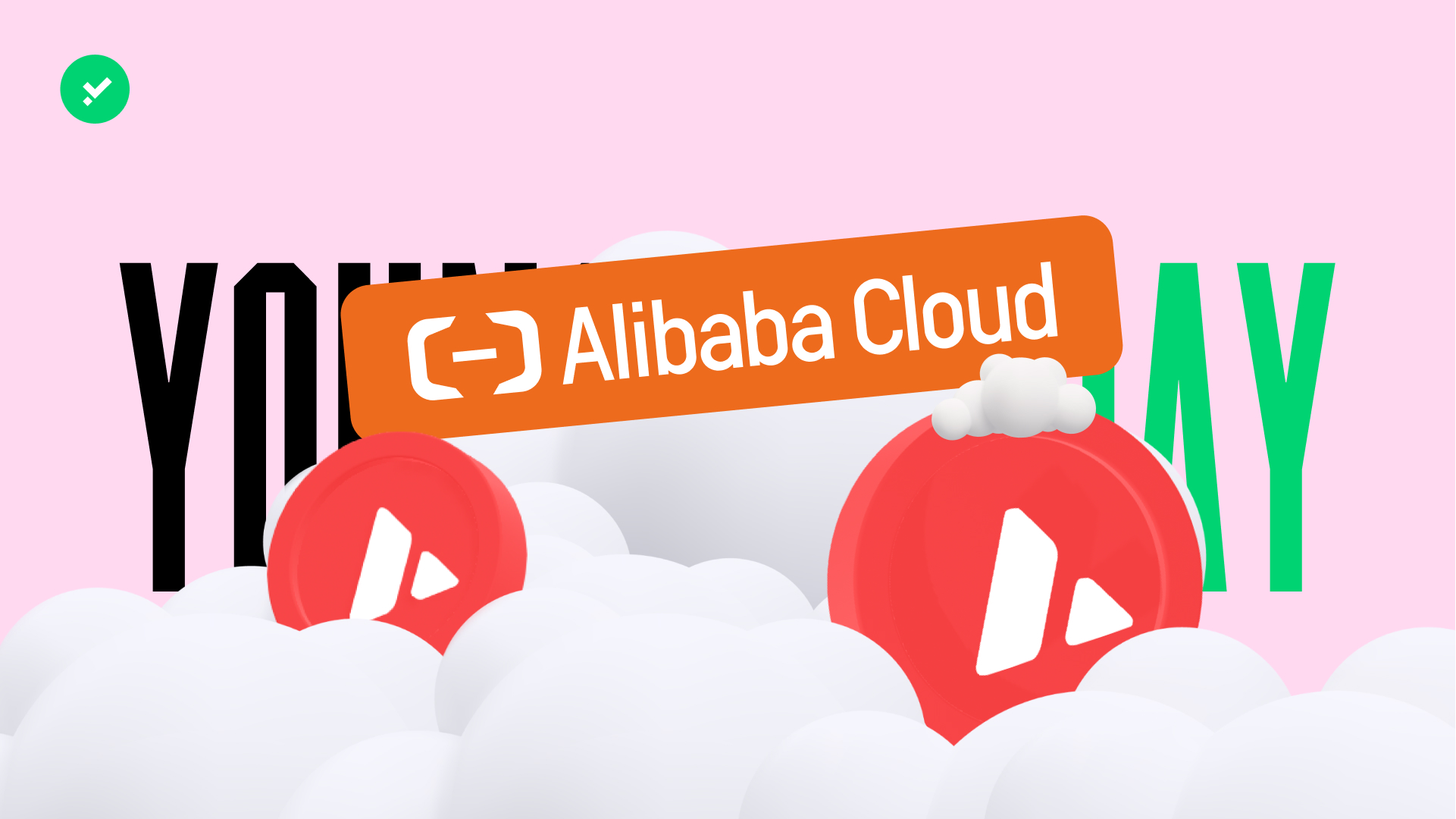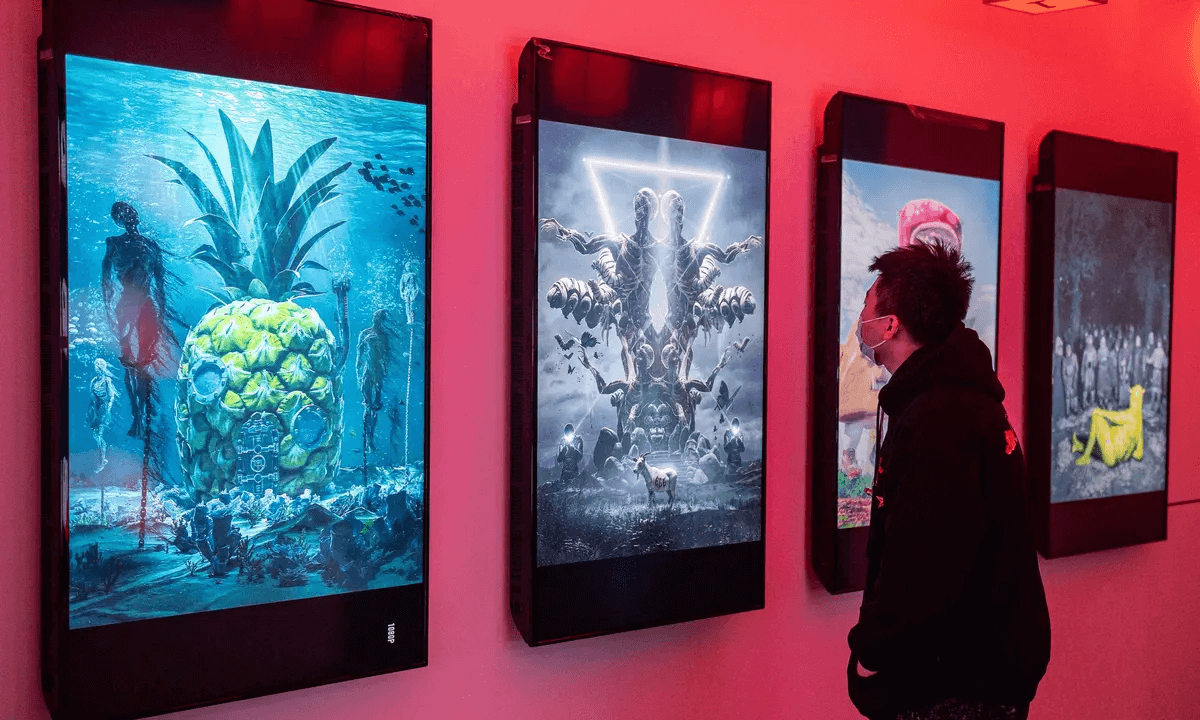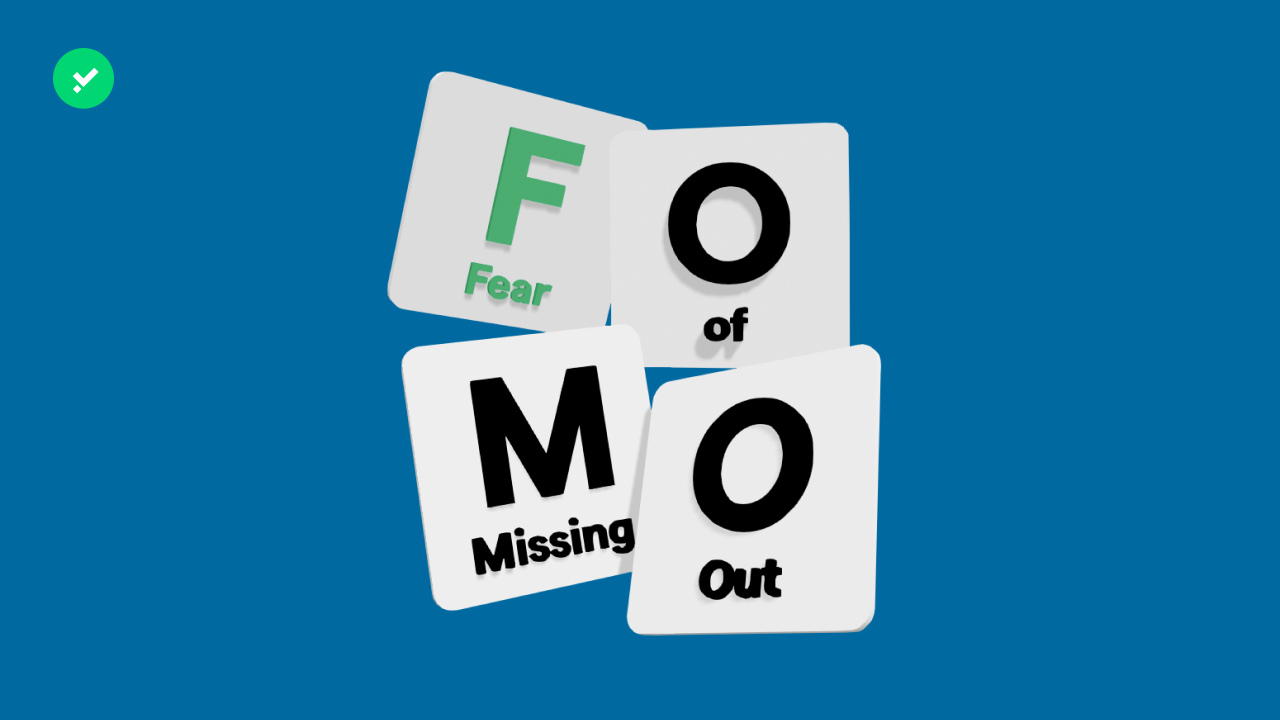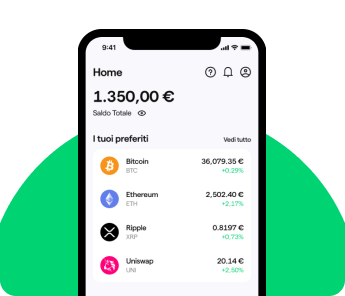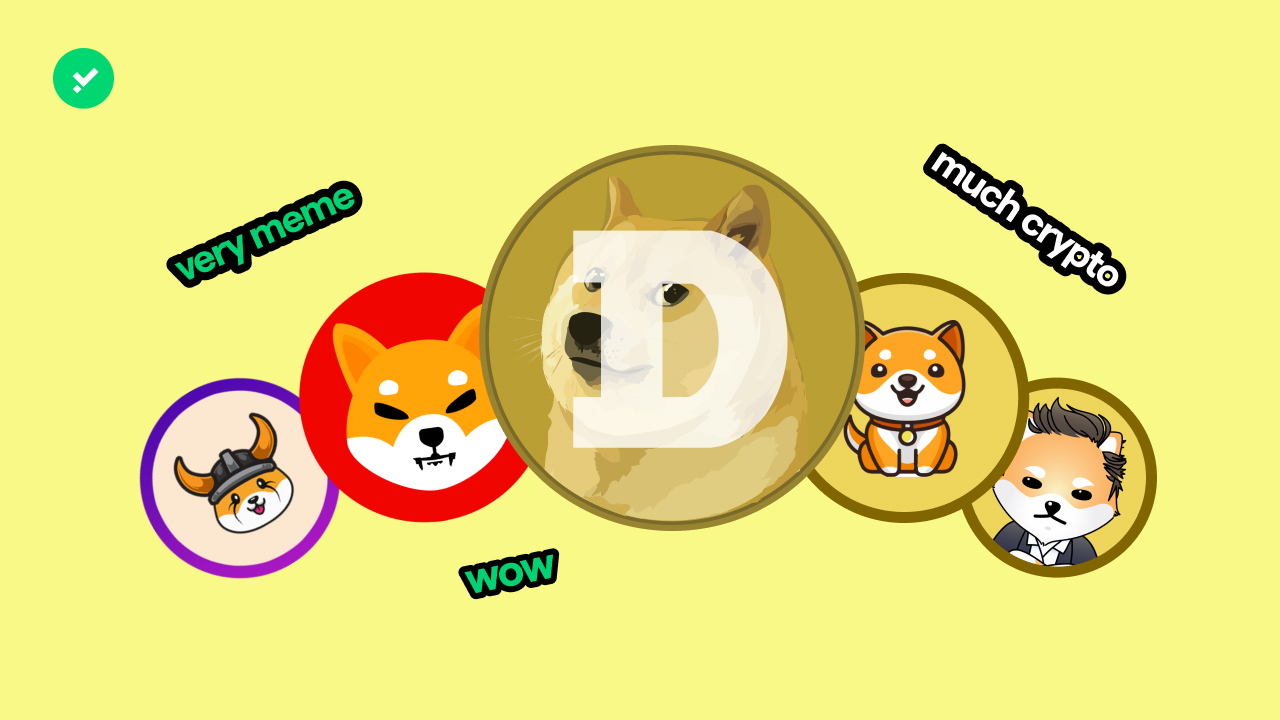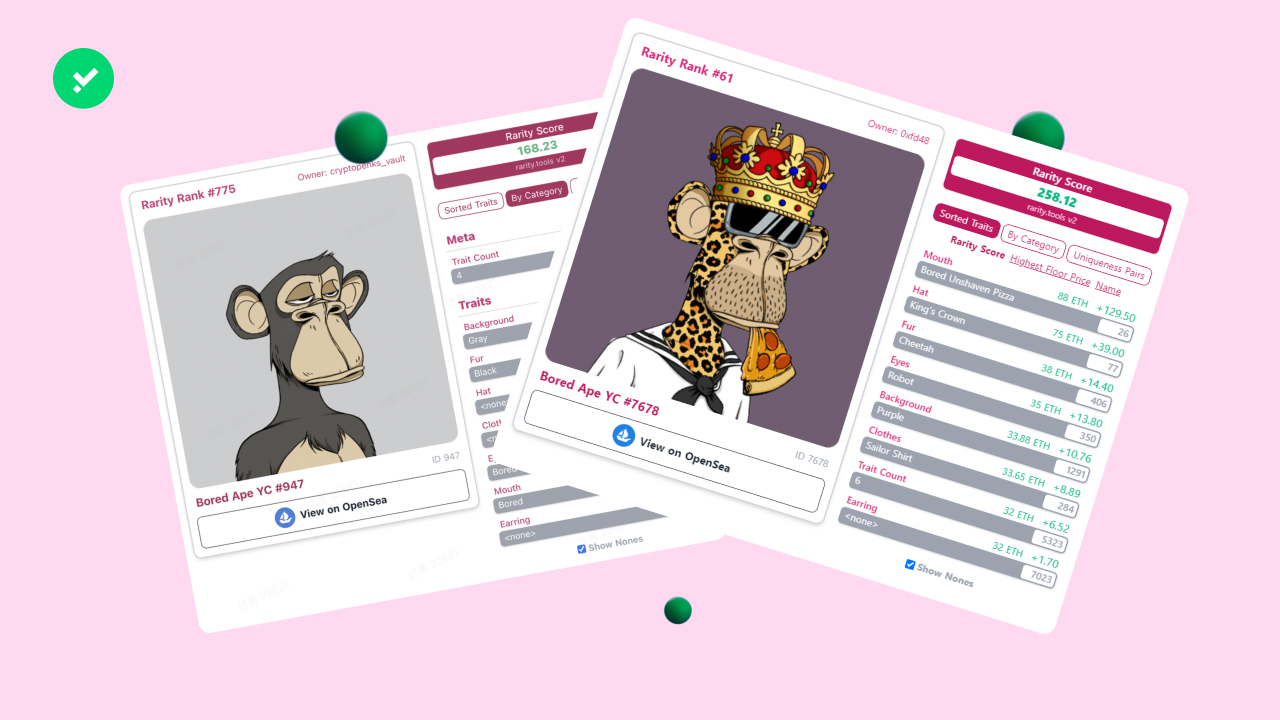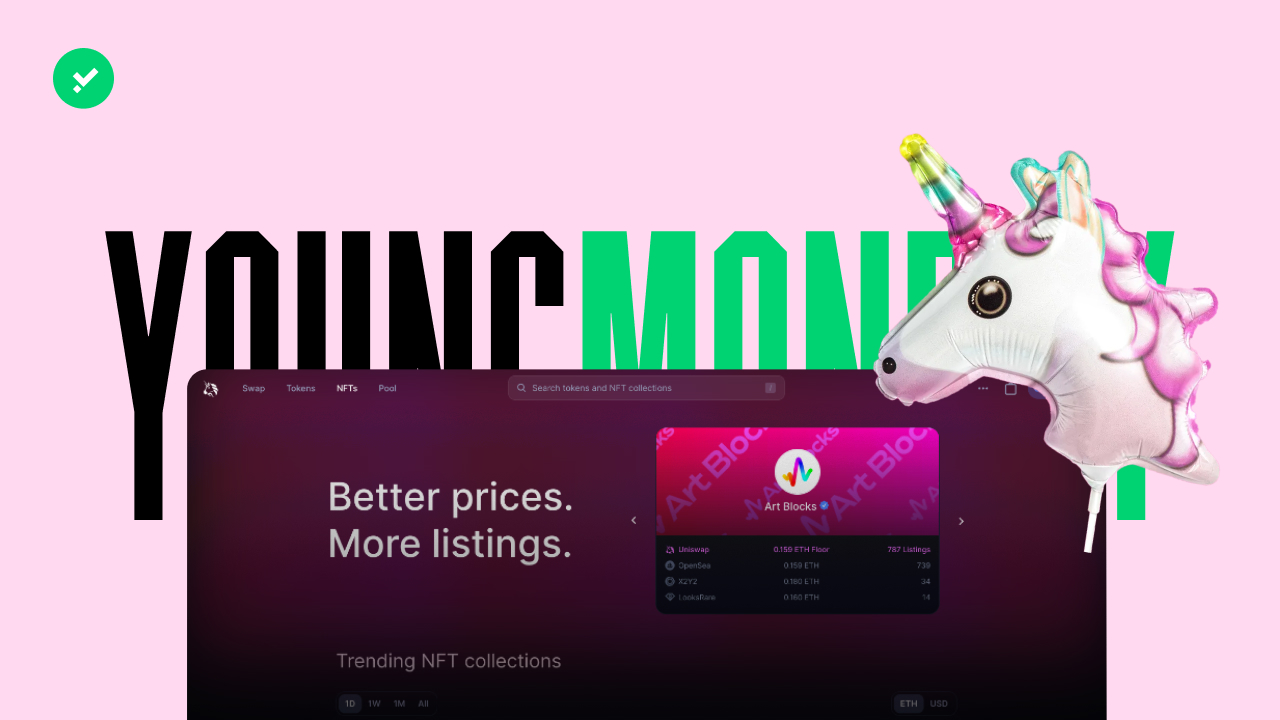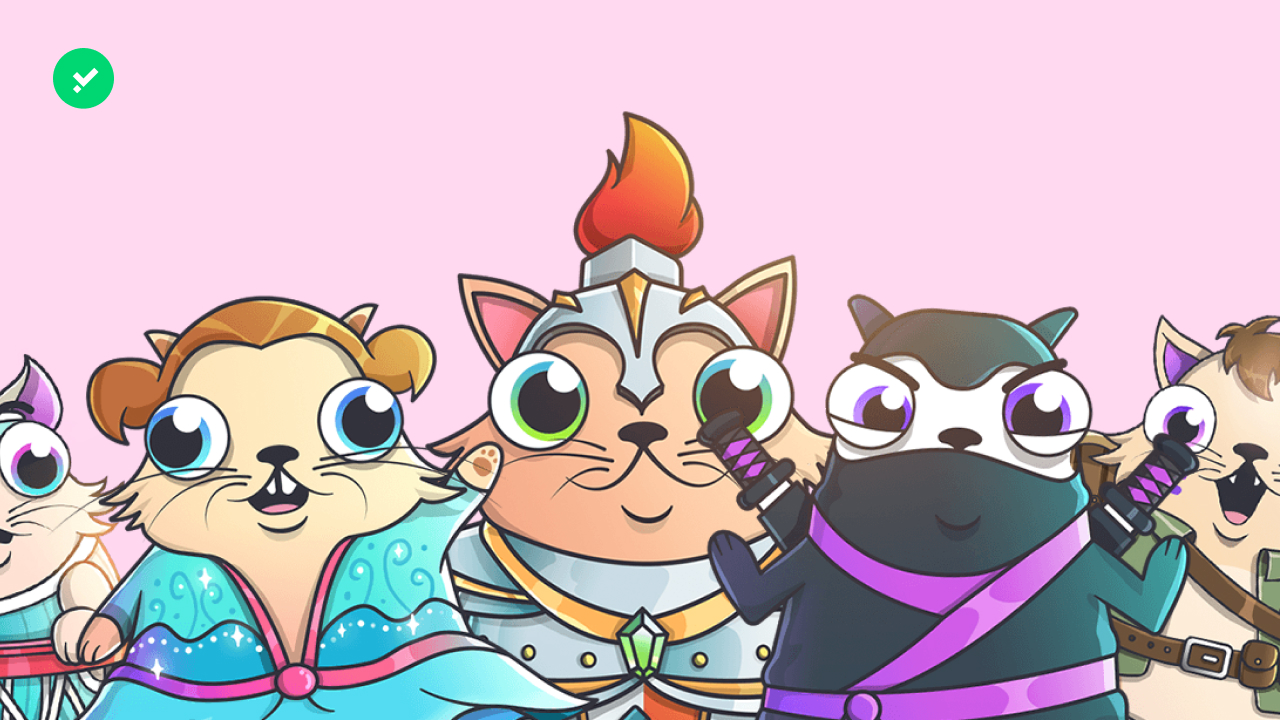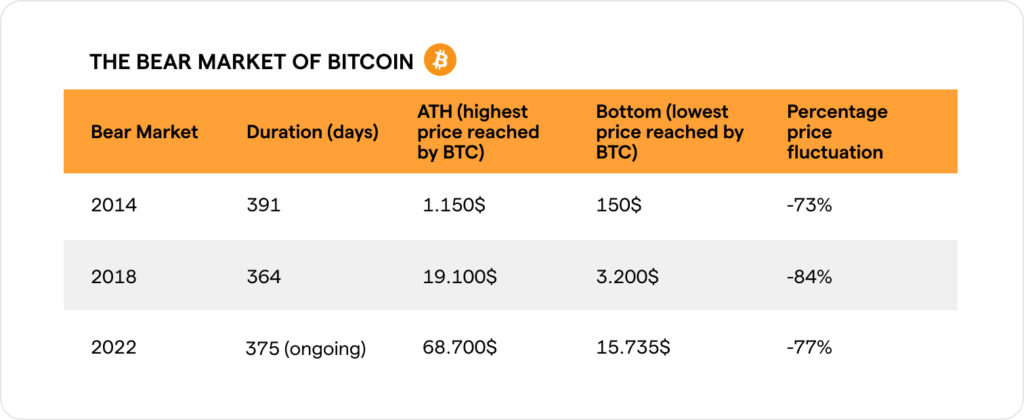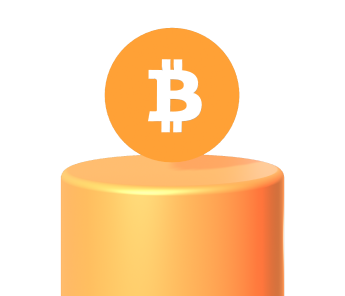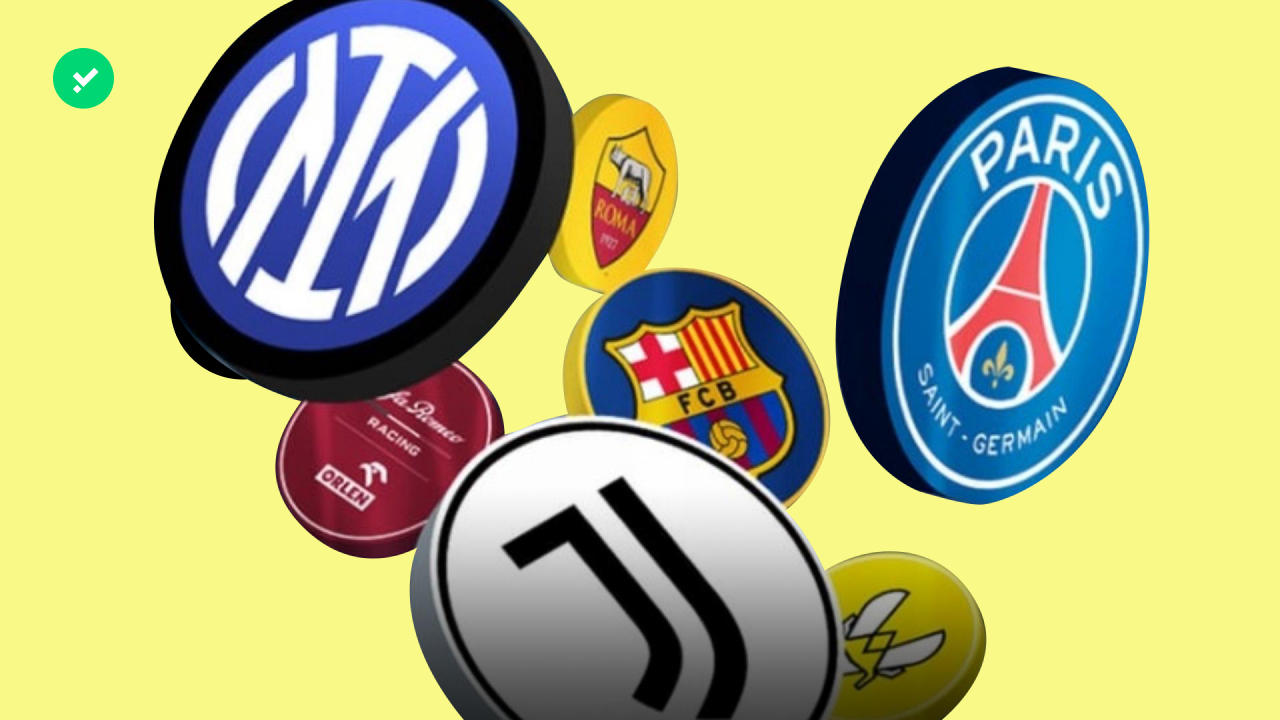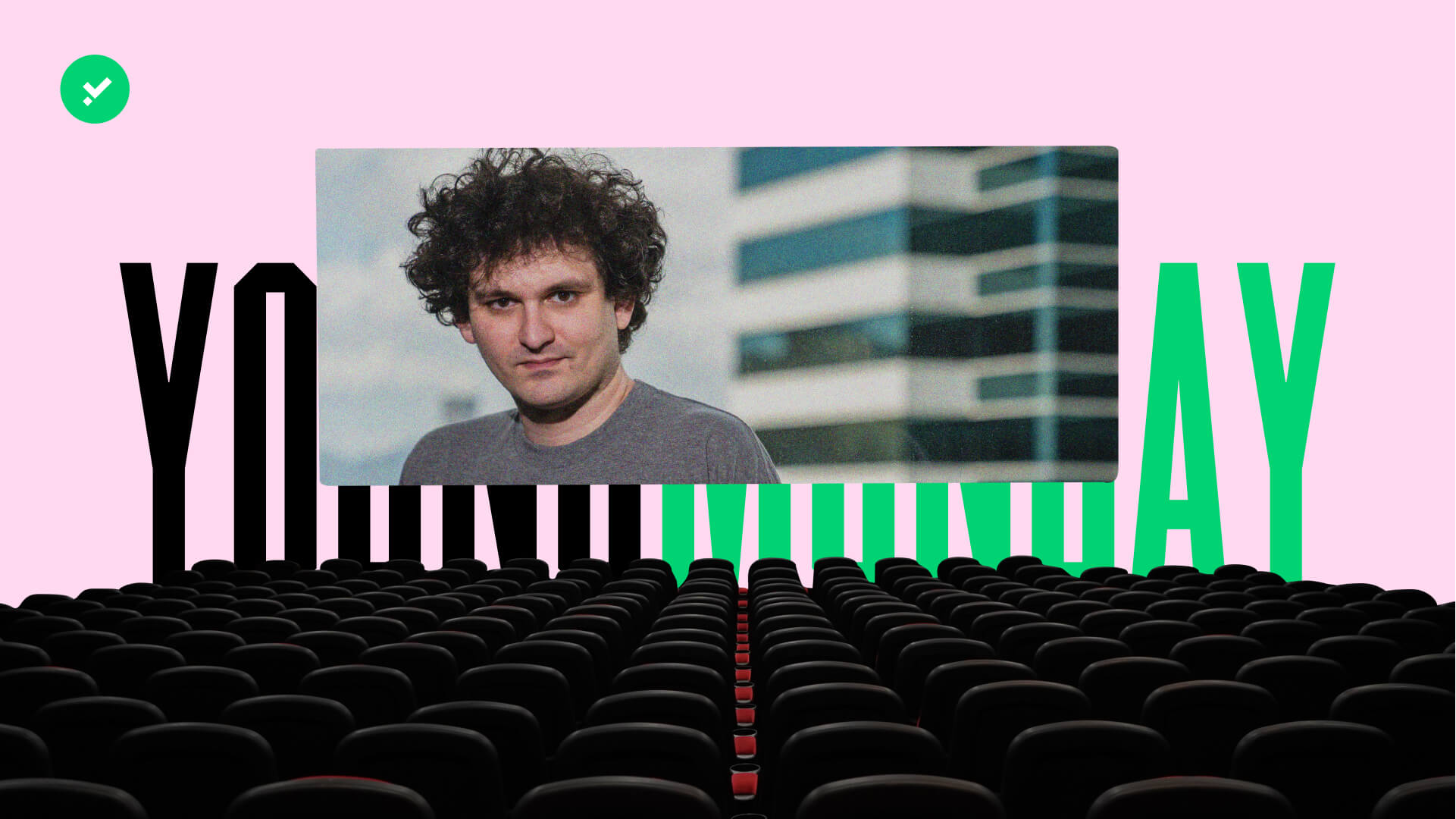Avalanche chooses Alibaba’s cloud for its nodes, Polygon is working with Warner Music Group and Goldman Sachs explains the lessons of FTX’s collapse
In the crypto world this week, there has been renewed talk of adoption. In particular, there is more news of partnerships between traditional and Web3 companies. Avalanche, AVAX’s blockchain, has signed a deal with Alibaba Cloud, one of the world’s leading cloud service providers. After having secured partnerships with Instagram, Reddit, Disney, Starbucks and other companies, Polygon now also boasts a music partnership thanks to an agreement signed with Warner Music Group. A month after the collapse of FTX, two financial giants, Goldman Sachs and Mastercard, describe the collapse of the exchange as a growth opportunity for the industry!
Avalanche will use Alibaba’s cloud for node management
Alibaba Cloud, the most widely used cloud hosting service in Asia and the third largest in the world, has chosen Avalanche as its first Web3 partner. Alibaba Cloud provides cloud-based storage, applications and web infrastructure services. Clouds are global networks of servers that operate as a single ecosystem. They can be accessed through the Internet and serve to free up memory and processing power on the devices we use on a daily basis.
Through its cloud service, Alibaba will facilitate the process of opening an Avalanche blockchain node. In addition to staking the native crypto, validators of a Proof-of-Stake blockchain must manage a node that is constantly connected to the internet. This requires computing power and memory. Thanks to this new partnership, anyone wishing to open a node on Avalanche will be able to use these resources by taking advantage of Alibaba’s services. The partnership could increase the number of blockchain validators, which to date number around 1,200, and consequently also increase decentralisation on the network.
Polygon and Warner prepare the next Spotify?
Polygon is interested in all entertainment sectors that intend to use Web3 technologies. After cinema and social media, it is time for the platform to attack the world of music, thanks to a partnership with Warner Music Group. The collaboration between the two brands resulted in the development of LGND.io, a decentralised application (dapp) very similar to a classic music streaming platform such as Spotify or Youtube Music. LGND also allows tracks and albums to be purchased in the form of NFTs, using either credit or debit cards or cryptos such as MATIC and ETH. Once purchased, these NFTs can be resold on major NFT marketplaces, such as OpenSea.
The main objective of the collaboration is to provide emerging artists with a new way to sell their music through NFT technology and the concept of digital ownership. The final version of the platform will be available from January 2023. It will enable artists to not only sell non-fungible music tokens, but also other types of content that provide various benefits such as VIP concert tickets or exclusive merchandise. In addition to Polygon and Warner Music Group, the record company Spinnin’ Records will handle relations with artists. They also participated in the development of LGND.io.
Goldman Sachs: FTX bankruptcy is a turning point for the crypto world
This week, financial giant Goldman Sachs made some statements on the failure of the FTX exchange and its consequences. Rather than analysing what happened only from a destructive point of view, Mathew McDermott, Goldman Sachs’ head of digital assets, stated that he is optimistic about the future of crypto. McDermott’s statements followed a remarkable fact, namely that following the collapse of Sam Bankman-Fried‘s exchange, the number of traditional investors interested in buying crypto through Goldman Sachs is on the rise.
Mastercard also seems to be of the same opinion, according to Grace Berkley, the director of the company’s start-up branch. Berkley described the incident as a reset opportunity for the crypto world, which could become safer through the exclusion of malicious actors intending to manipulate the market and regulation.
Decentraland: start of LAND leases
A new feature for Decentraland has been announced: LAND rentals in exchange for rewards! Decentraland is one of the most popular metaverses on Web3. It consists of many units of ‘digital land’, and each of these units is an NFT called a LAND. Lending your own LAND is now very simple, just select the NFT you want to put up for rent and choose for how long and at what price you want to rent it. As far as the time period is concerned, each user can choose from seven options: 1, 7, 30, 60, 90, 180 or 360 days. Concerning the price, the decision is entirely up to the tenant.
The rent is paid by the tenants in MANA, the crypto of Decentraland, and 2.5% is retained by the DAO‘s wallet. The DAO of Decentraland is the collective institution that governs the functioning of this metaverse.
Why rent a LAND? Buying one may be too expensive, all the more so if you plan to create events or experience in a limited amount of time. The market for land in the Metaverse is one of the most expensive of the NFT markets. There are only a few LANDs in Decentraland sold directly from the platform, the remainder are only available in secondary markets, which are very competitive. Users will be able to rent their land to DJs who will throw memorable virtual parties, or to universities who will build Web3 university campuses, or even to fashion brands who will organise fashion shows.


